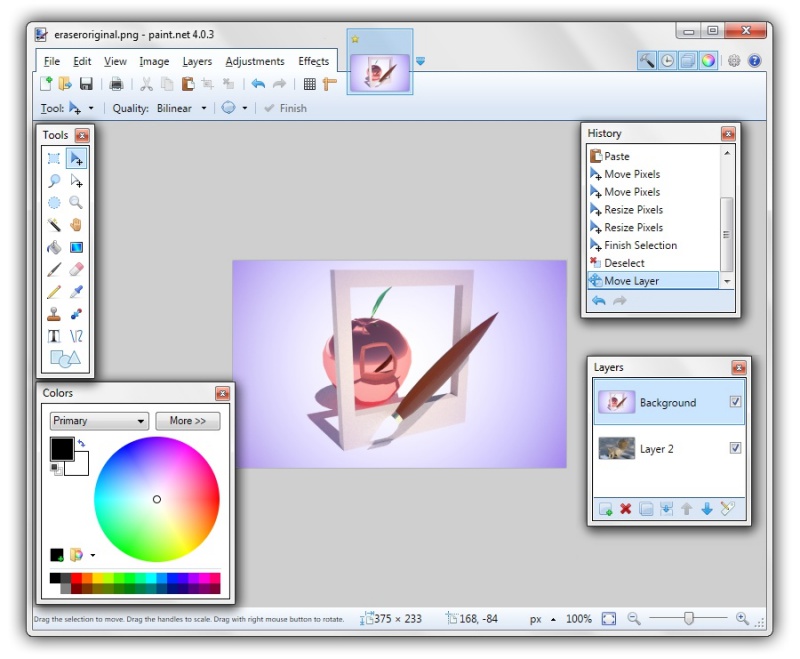


Fedora Linux and EPEL Packages Users of Fedora and various Enterprise Linux platforms can download pre-compiled Tux Paint packages for their release and architecture from Fedora Package Sources Distribution-agnostic Packages Flatpak Packages for Linux Users of a variety of Linux distributions can install Tux Paint via Flatpak, a framework for distributing desktop applications. Linux Linux Distribution Packages RPM Linux Packages Users of RedHat and Fedora Linux distributions can download Tux Paint for i686 and x86_64 in RPM format.
#SIMPLE PAINT FOR MAC ANDROID#
Android Android Android phone and tablet users can download Tux Paint, or install it from the F-Droid software repository. (A stand-alone ZIP-file version, also known as a "Portable" version, is available, as well.) Apple macOS macOS Apple Macintosh owners running macOS 10.10 and later can download Tux Paint here.
#SIMPLE PAINT FOR MAC FULL VERSION#
Microsoft Windows Windows 11, 10, 8, 7, Vista Users of Microsoft Windows 11, Windows 10, Windows 8, Windows 7, Windows Vista can download and run this simple installer application to get the full version of Tux Paint. View announcement and access the 'change logs' to learn what's new in this version.

Many updates have been made, including six new Magic tools, and Magic tool grouping. 0.0.18 have been released, and are available for Windows, macOS, Android, and Linux. It just needs my complaints mentioned above for it to be a tool for me.Tux Paint 0.9.27 and Tux Paint Config. It may be unusable to me for pixel art because of the design choices and tool functionality, but for most people whom I'm assuming are installing for nostalgia reasons or for their kids, it's great. These are nitpicks in the grand scheme of things, though. It should follow the behavior of Microsoft Paint.

PaintBrush, counter-intuitively, has you "left click" for the primary color and "right click" for the secondary color. In Paint, the you select the color you want to replace with the picker (either the primary or secondary color), select the color picker tool, and then pick the color on the canvas you want. Additionally, a feature found even in older versions of paint, the hidden color replacement tool with the eraser tool, is missing.įour, the color picker tool does not work as expected. Microsoft Paint, going back to Windows 7, has added quite a few additional shapes and antialiasing (even though this isn't something I use, I would appreciate it being there). Three, the tool is missing a few features found in modern Microsoft Paint. I would highly suggest using Preview as an example. Two, to build off of point 1, the overall UI and other design language could be brought into the current MacOS design language. Even GIMP has gone for a single-window design in more recent builds. If we take a look at more advanced tools like Photoshop and Pixelmator, we can see that floating windows have been abandoned a long time ago. I use Microsoft Paint to create pixel art as a hobby, and unfortunately, Paintbrush does fall a bit short for it to be a replacement.įor one, the floating window application design has never been a good design paradigm, and it doesn't work for a tool like this. Functionally, it's quite similar to Microsoft Paint for older Windows versions (think Windows 95 through Windows XP). It's a nice tool that provides some basic raster "painting".


 0 kommentar(er)
0 kommentar(er)
